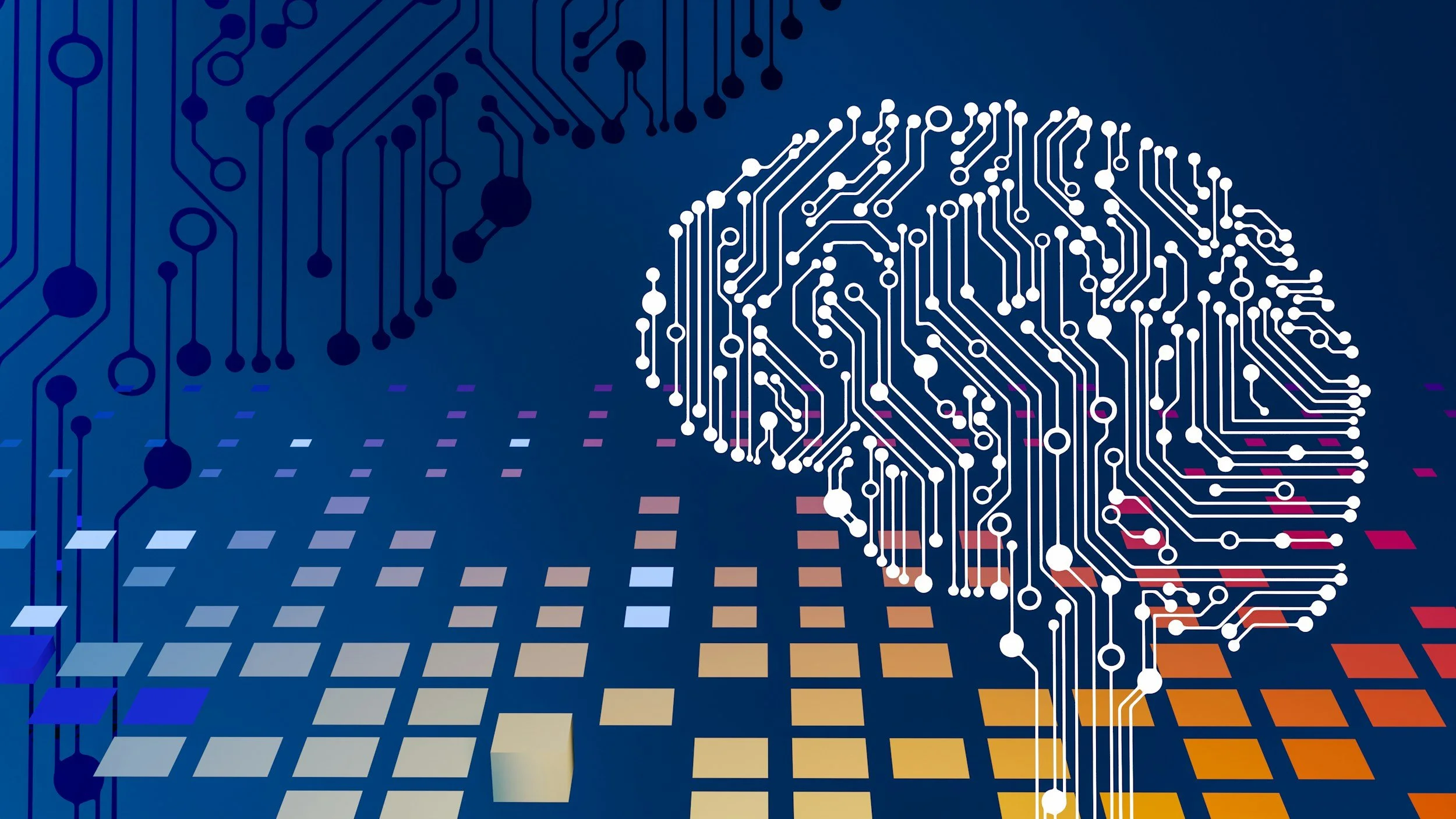Integrating AI with HR and the Global Risks
Integrating artificial intelligence (AI) into human resources (HR) practices offers numerous benefits, including increased efficiency, improved decision-making, and enhanced employee experiences. However, it's essential to approach AI integration thoughtfully, considering both the advantages and the associated risks.
The Growing Adoption of AI in HR
AI is increasingly becoming a staple in HR operations. A survey by the Society for Human Resource Management (SHRM) found that approximately 25% of organizations utilize automation or AI to assist with HR-related tasks. shrm.org
Larger organizations are leading this trend, with 42% of employers with 5,000 or more employees implementing AI solutions, compared to 16% of employers with fewer than 100 workers. businessdasher.com
Best Practices for Effective AI Integration in HR
Identify Clear Objectives: Determine specific HR processes where AI can add value, such as talent acquisition, performance management, or employee engagement.
Ensure Data Quality: AI systems rely on high-quality data. Ensure that your HR data is accurate, up-to-date, and free from biases that could affect AI outcomes.
Promote Transparency: Clearly communicate to employees how AI tools are used in HR processes. Transparency fosters trust and helps mitigate concerns about privacy and fairness.
Provide Training: Equip HR professionals with the necessary skills to work effectively with AI tools. This includes understanding AI capabilities and limitations.
Monitor and Evaluate: Continuously assess AI systems to ensure they are functioning as intended and delivering the desired outcomes. Be prepared to make adjustments as needed.
Upcoming Regulations and Risks Associated with AI in HR
As AI becomes more prevalent in HR, regulatory bodies are introducing laws to govern its use. For instance, the European Union's AI Act classifies AI systems used in employment as high-risk, subjecting them to strict requirements. shrm.org However, this adoption comes with regulatory challenges and risks that vary across different regions.
Europe
The European Union (EU) is at the forefront of AI regulation with its Artificial Intelligence Act (AI Act), enacted in May 2024. This comprehensive legislation classifies AI systems used in employment as high-risk, imposing stringent requirements on transparency, accountability, and bias mitigation. Organizations must conduct thorough risk assessments and ensure compliance to avoid substantial penalties. taylorwessing.com
By proactively addressing these considerations, organizations can effectively integrate AI into their HR practices while minimizing associated risks and adhering to global regulatory standards.
Privacy is the most critical concern for most AI regulation so make sure your privacy practices are updated.
United States
In the United States, several jurisdictions, including Illinois, Maryland, and New York City, have enacted laws regulating the use of AI in hiring processes. hrdive.com AI regulation is evolving at both federal and state levels. States like Illinois, Maryland, and New York City have implemented laws regulating AI in hiring processes, focusing on transparency and fairness. The absence of a unified federal framework results in a complex regulatory environment, necessitating that organizations stay informed about varying state laws to ensure compliance. hrexecutive.com
Asia
Countries in Asia are also addressing AI in HR. For instance, China's Personal Information Protection Law (PIPL) regulates the use of AI, emphasizing data privacy and security. Organizations must navigate these regulations carefully to avoid legal pitfalls.
Key Risks to Consider
Bias and Discrimination: AI systems can inadvertently perpetuate existing biases present in the data they are trained on, leading to unfair outcomes in hiring or promotions.
Privacy Concerns: The use of AI in HR often involves processing sensitive employee data, raising concerns about data protection and compliance with privacy laws.
Transparency Issues: AI decision-making processes can be opaque, making it challenging to explain decisions to employees or regulators.
Mitigation Strategies
Conduct Regular Audits: Regularly review AI systems for biased outcomes and implement corrective measures as needed.
Ensure Compliance: Stay informed about relevant laws and regulations governing AI use in HR to ensure compliance.
Foster Ethical Use: Develop and enforce policies that promote the ethical use of AI, prioritizing fairness, accountability, and respect for employee rights.
By thoughtfully integrating AI into HR practices and proactively addressing associated risks, organizations can harness the benefits of AI while maintaining compliance and fostering a fair and transparent workplace.


